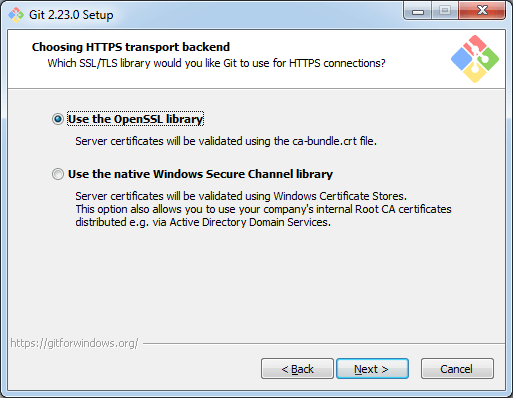

Git repositories are hosted on sites like Github and Bitbucket. It helps with managing large projects efficiently. It allows multiple developers to contribute to the same project at the same time while tracking changes, revisions, and contributions. If no keyfile is provided and the repository is private then id_rsa is used automatically.Git is a popular version control system used in modern software development.

If the repository is private then the keyfile must be provided. Entering remote parameter makes it operate as git clone. Metadata about the repositories is stored in a per-user SQLite at /usr/local/direcadmin/data/users/USER/user.db.ĭeploy directory and keyfile parameters must be provided as relative paths, the user's home path is used as a base.Įntering only a name is the same as git init. Repositories are initialized and cloned as bare repositories meaning that deploy is simply just git checking out the working tree. Repositories are placed under the domain path as name.git such as /home/USER/domains/DOMAIN/name.git. Here we can see the diff of the commit against its parent, message, author, date. Here we can see our commit message, date, and commit hash. In order to view the history of the repository we click Logs: Let's clone the repository assuming we have access to the server via an SSH password if that's allowed or a key: There we can see more information about the repository such as all branches available, deployment branch, deploy directory and other details: The right-hand side contains a tooltip available to execute commands quickly without entering into the repository view:Ĭlicking on the repository name is going to open its view. In the main view we can see our newly created repository: Let's click on Create Repository and enter just a name: Webhooks are supported for remotely synced repositories - triggering a webhook does automated fetch and deploy if both deploy branch and directory are set and valid. Remote can be any of Git-supported protocols however only SSH is supported in a case of a private repo. Hosting a repository on DA server requires only the name parameter while syncing with a remote repository requires remote to be set and optionally keyfile to SSH key if it's a private repo. name is required but remote and keyfile are optional parameters. Sending outbound email through remote mail serverĬlick on Create Repository in Git manager and then enter your data.Autodiscover information for mail clients.


 0 kommentar(er)
0 kommentar(er)
